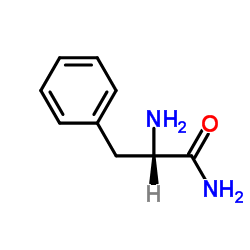| Structure | Name/CAS No. | Articles |
|---|---|---|
 |
H-Phe-NH2
CAS:5241-58-7 |
|
 |
Endomorphin-2
CAS:141801-26-5 |